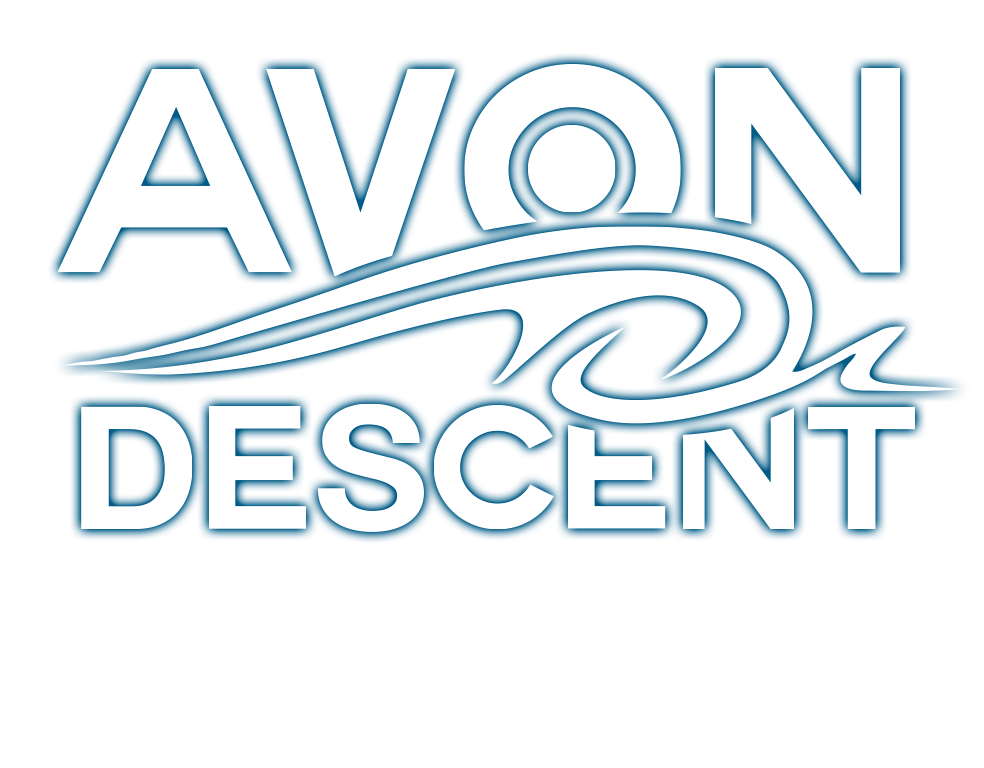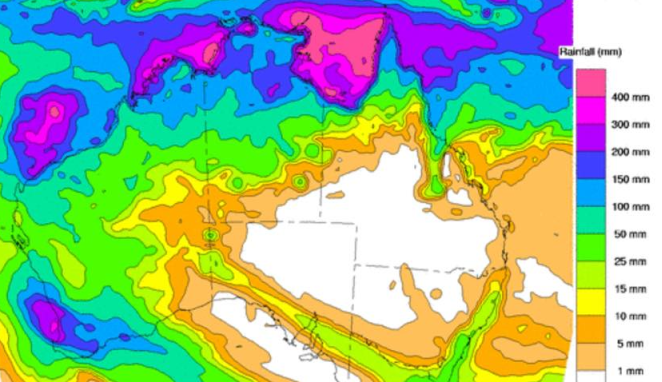River Levels and Rapids
River Levels
To check the Avon Descent River Levels visit the Department of Water or the Bureau of Meteorology:
Additionally, a fantastic community facebook group known as Avon Descent River Watch provides a wealth of ongoing updates to assist in keeping track of water levels for practice and training sessions.
Race Conditions
Disclaimer:
The following information is intended as a guide only for competitors, support crew and spectators. As the conditions are often dependent on water levels, the Organisers accept no responsibility for the correlation of the descriptions and the actual conditions encountered.
The event can be dangerous as water levels in the Avon River and upper reaches of the Swan River can produce dramatic changes in race conditions. Intending competitors should have a high level of fitness and competency. Special training courses are available for novices.
The conditions encountered by competitors during the event can alter substantially depending on river levels. The various difficulties and obstacles to be expected during the event are discussed in the Race Stages. The whitewater grades of difficulty to be expected can vary from Grade 1 to Grade 4. Typically there are Grade 2 and Grade 3 whitewater rapids. The description of the grades can be viewed below.
Wild Water Grades of Difficulty
Grade | Difficulty | Water Characteristics |
| Grade One | Not difficult | Regular stream. Regular waves. Small rapids. Simple obstructions. |
| Grade Two | Moderately difficult | Passage free irregular stream. Irregular waves. Medium rapids. Small stoppers, eddies. Whirlpools and pressure areas.* Simple obstructions in stream. Small drops. |
| Grade Three | Difficult | Route recognisable. High irregular waves. Larger rapids. Stoppers. Eddies. Whirlpools and pressure areas.*Isolated boulders. Drops Numerous obstructions in stream. |
| Grade Four | Very difficult | Route not always recognisable.Inspection mostly necessary. Heavy continuous rapids. Heavy stoppers. Whirlpools and pressure areas.* Boulders obstructing stream. Undertow. |
| Grade Five | Extremely difficult | Inspection essential. Extreme rapids. Stoppers. Whirlpools and pressure areas.* Narrow passages. Steep gradients and drops with difficult access and landing. |
| Grade Six | Limit of practicability | Generally speaking impossible. Possibly navigable at particular water levels. High risk. Even experts risk life. |
*Notes * Pressure areas refer to water piling up against a rock or other obstacle.






